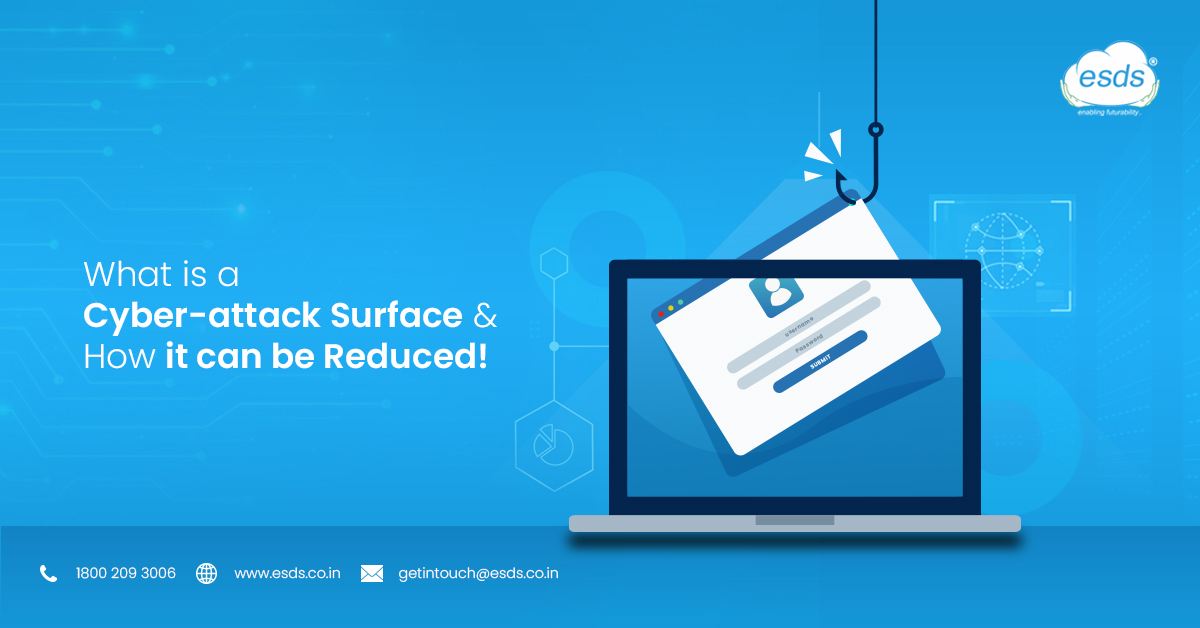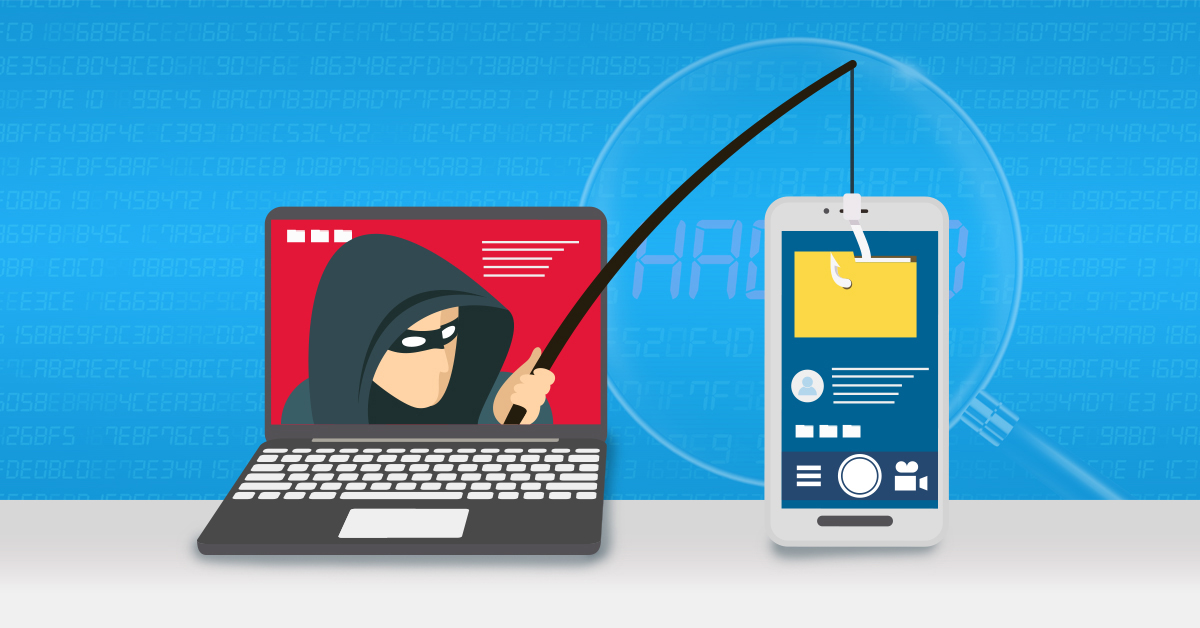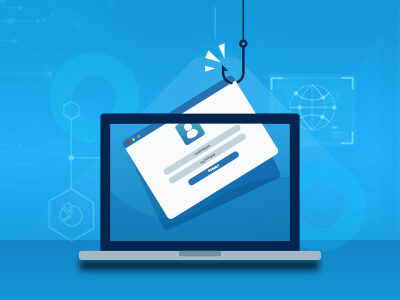What is a Cyber-attack Surface and How it can be Reduced!
The Digitization boom has picked up in the past 2 years and seen phenomenal growth over the past decade and so with it, we have witnessed the exponential growth of Data. Since everything is digital now the concern of cyber threats has also increased. Enterprises and businesses have begun to invest heavily into developing tactful cyber security plans with tested tools, applications, and human resources as well to ensure the utmost safety of data. As we dive into understanding what is a Cyber-attack surface and how we can reduce it, let’s establish the basics of a cyber-attack and how to identify a cyber-attack surface.

Understanding of Attack Surfaces
Data is growing rapidly and will continue to flourish as we move closer to the depths of digital transformation. To ensure the full security and safety of this crucial data, organizations across the globe have been taking major steps in terms of cyber security plans and measures. Ransomware, Cyberattacks, Malware, Phishing, etc. are some popular attacks known to everybody. Gaining unauthorized access to a system to leak, destroy or cause any kind of damage to the data is prominently the intention carried out by hackers overall. About 92% of malware attacks are carried out by emails and this has been on the rise for over a decade now. As of June 2021, around 6 lakh cyber security incidents took place in the country. More than 15,000 Indian websites have fallen prey to these attacks and suffered. The year 2020 itself has recorded over 1.16 million cyber security cases, which was 3 times higher than that recorded in 2019. Organizations that suffer such cyber-attack incidents take weeks to recover their losses of data and funds.

As more and more businesses are embracing new technologies into their daily activities, they have strengthened their attack surface to block and minimize the attack impact. Cyber-attack surfaces are the possible assessment points for attackers to hack into the system. Hackers keep track of the surfaces sometimes for months to catch a weak link and pursue to attack. Further, the attack surface can be of 2 types, digital or physical. A digital surface where the attackers have access to hardware, software, or any codes, and a physical surface is where the hackers can access the systems, drives, etc. physically. Organizations have started investing financially as well as techniques to reinforce the surfaces and ensure top security. Businesses have also started moving on their data to the cloud, with the help of a trusted data center or cloud service providers.
Vectors and Vulnerabilities
Attack surfaces are possible risk areas or security risk points that can be breached by attackers. Taking into consideration the evolving technological advancements and their complex nature, attack surfaces are broadening and threats along with it are adapting as well. This has become a challenge for the IT leaders to recognize in time and react accordingly. Despite the best security measures a lot of these known and unknown attack surfaces can lead to a massive threat for IT leaders to deal with. Hackers and attackers usually hunt for possible weak links and vulnerabilities. Acting as a landmark on attack surfaces, attack vectors can expose the vulnerabilities such as protocols, access points, etc.

These vectors are unique for each organization. Hence, analyzing attack surfaces is an essential practice followed by security experts. Analyzing the attack surfaces helps understand the high-risk prone areas and how they can be defended. The analysis also creates an understanding of weak points, reviewing and testing security vulnerabilities and help assess, preventing and reduce the impact of the risks.
Reduce and Reinforce
As remote working has gained normalcy assessing and protecting devices at home is also essential. Using or downloading personal projects or material on an official device is quite common but this might turn into a security hazard if not followed security protocols. First and foremost is to protect the most important data and develop a strong backup and recovery procedure for it. In case of a cyber-attack having a data backup and recovery action plan in place with preparedness is the top priority to ensure the workflow is not disrupted. To stop such attacks in place begins with analyzing your business’s possible attack surfaces and identifying them. Having a thorough understating of your network’s protocols and security environment is a must for the IT teams.
Since, breach risk and attack surfaces are complicated, having real-time visibility can work as a strategy. It is not wise to depend only on assessment tools, to manage a risk one should be able to see and identify it. In order to reduce the attack, it is wise to make the attack surface smaller that cannot be easily breached. Eliminating the complexity of the attack and scanning for possible threats within entry points can be a game-changer in your business’s security network plan.
In conclusion, while having enough costly security measures in place, the true way to ensure maximum security from such attacks is to constantly test these measures. As your business is technologically advancing with it the threats are advancing as well. The key is to analyze your attack surface, draw the weak links and build up your defense accordingly. Educating and alarming your employees and keeping them aware of the security protocols up to date is also a proven practice.

- Unlocking Data’s Time Machine: The Importance of Database Point-in-Time Recovery - August 2, 2023
- Future-Proof You’re Data: Navigating the World of Enterprise Backup and Data Protection Solutions - July 7, 2023
- Unleashing the Potential of Long-Term Data Retention: Exploring Trustworthy Backup - May 31, 2023
